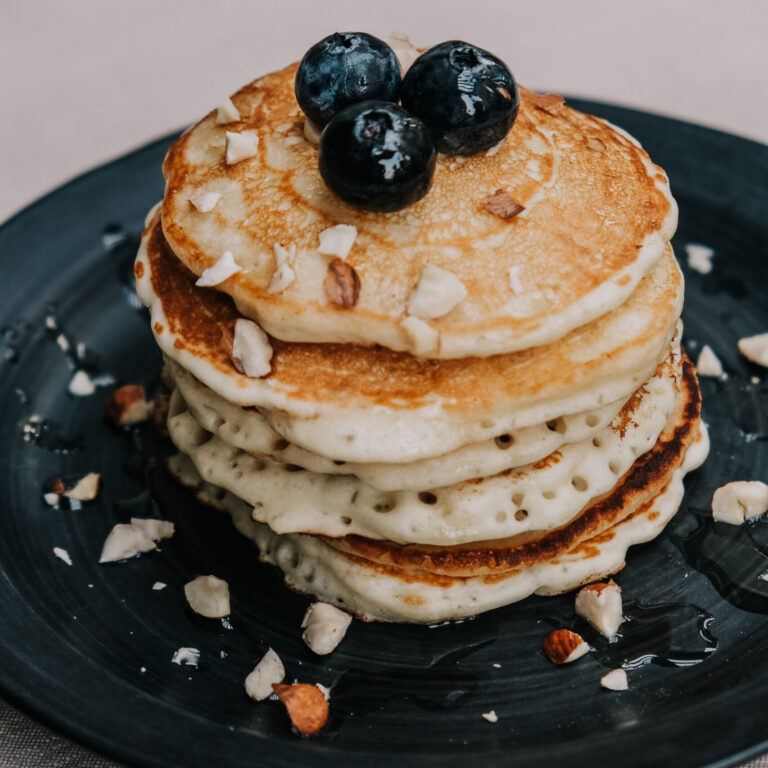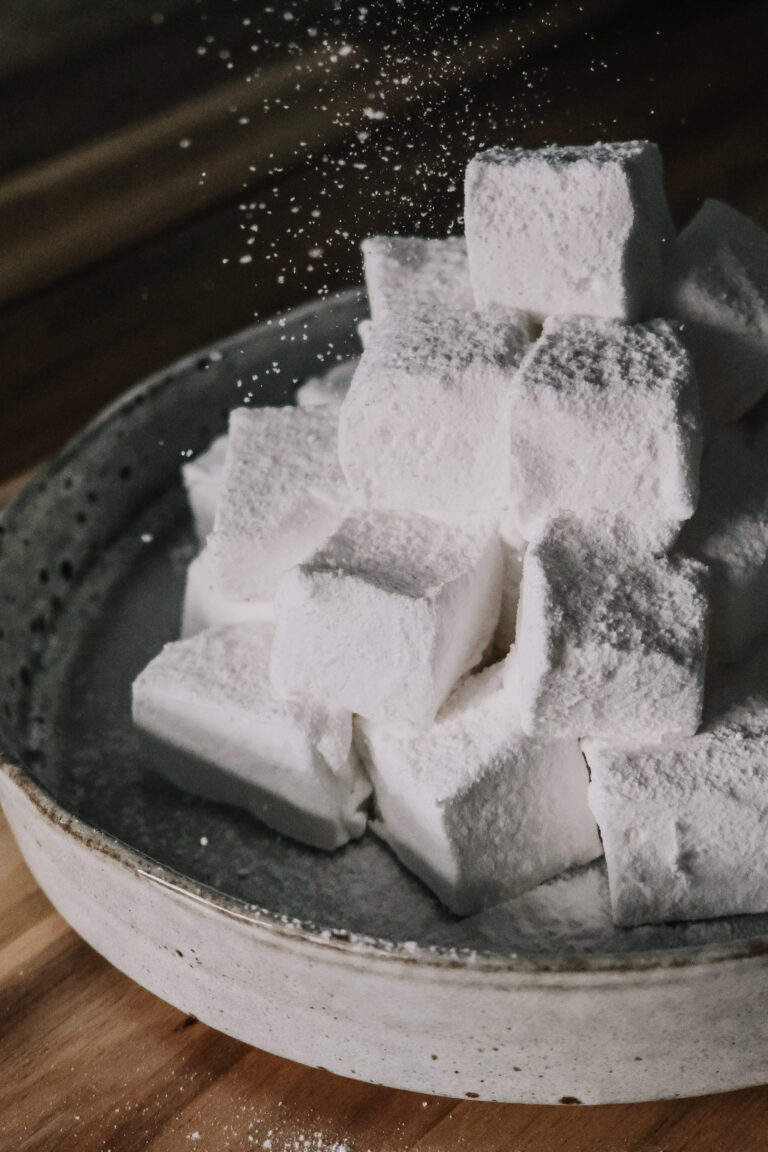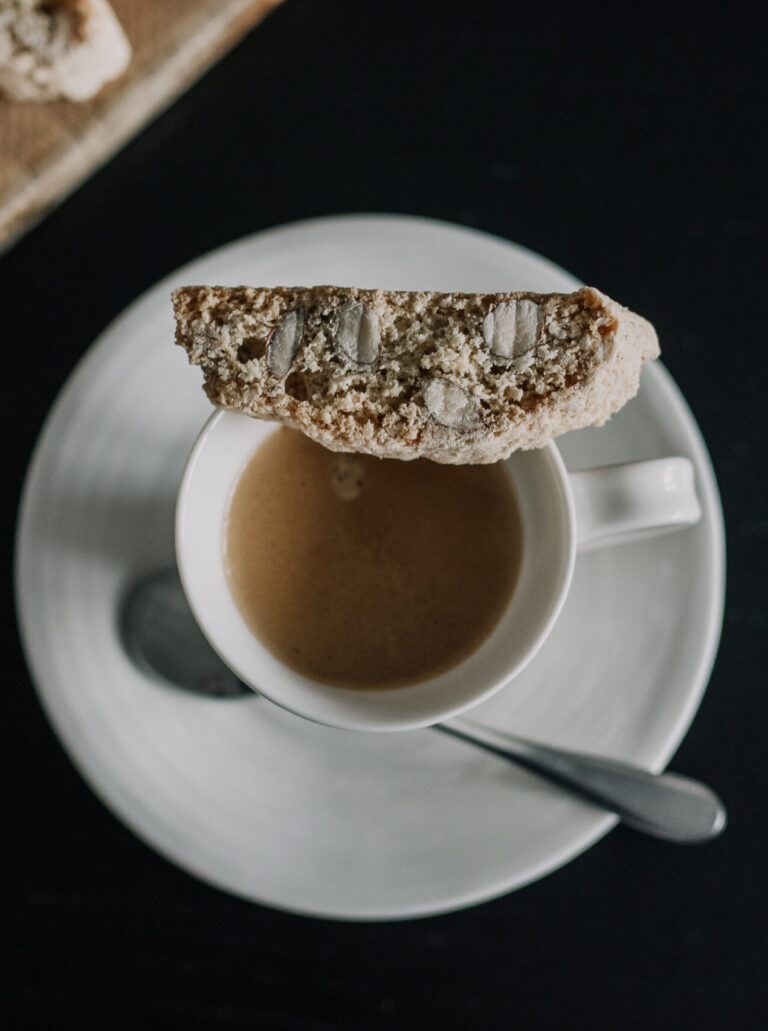Pistachio and Almond Torrone – A Wonderful Festive Gift

Welcome to the twenty-third instalment of my series where I test out recipes from an obscure 1990s Italian cookbook. This time, I tried a dish from the ‘Something Extra’ section: Almond Torrone.

Torrone is an intimidating sweet to make, but the prospect is even more frightening when you’re following directions from an unreliable cookbook.

Prior to this attempt, I’d made torrone a few times before, and I’ll admit I had my fair share of disasters before achieving the right texture. And I’m glad I had, since I was able to catch a few inconsistencies in the book’s version:

Firstly, there were nowhere near enough nuts in the recipe. I added in a lot more almonds and some pistachios for good measure. I also roasted them and kept them warm in the oven as the mixture can seize up too quickly if they’re added at room temperature.
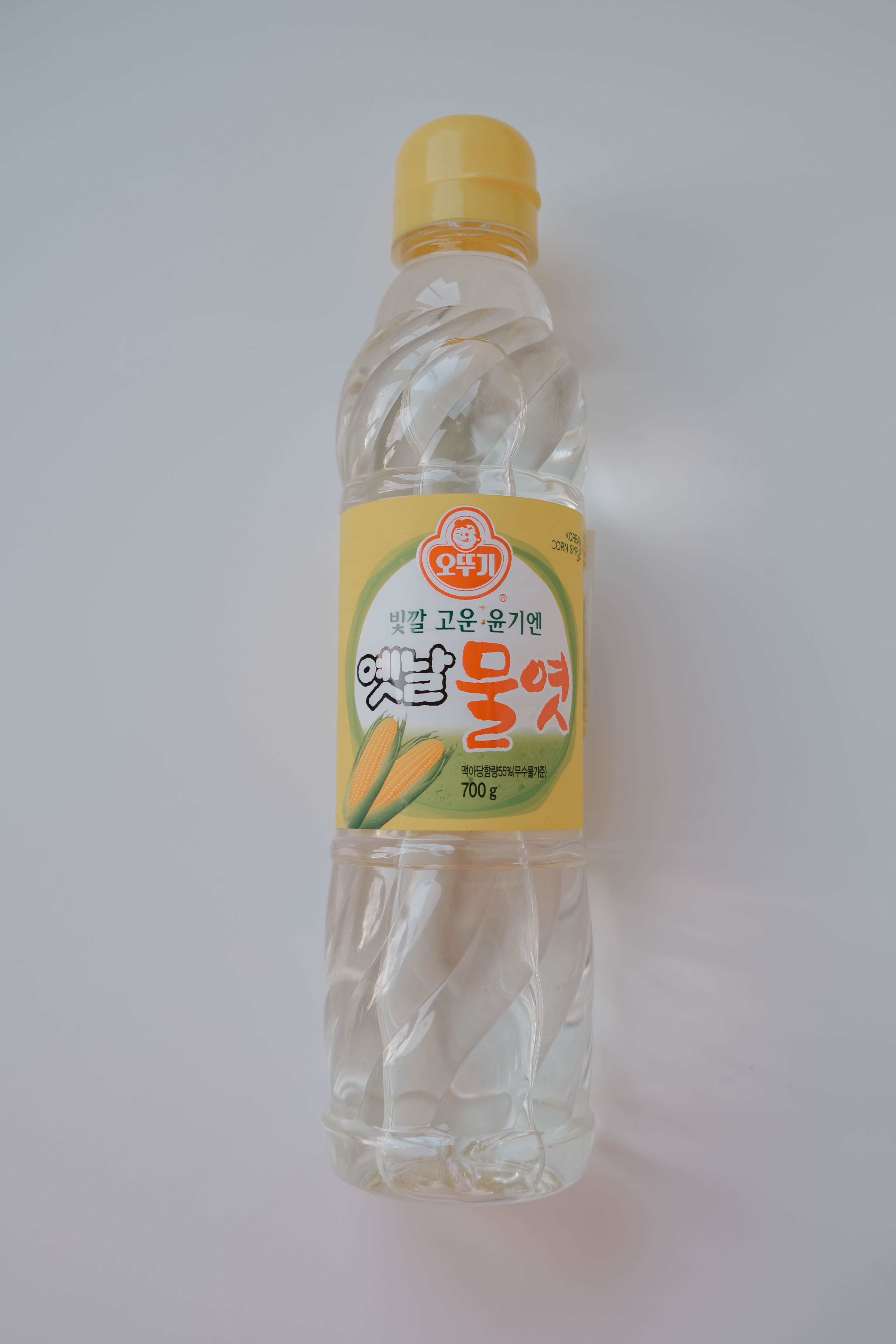
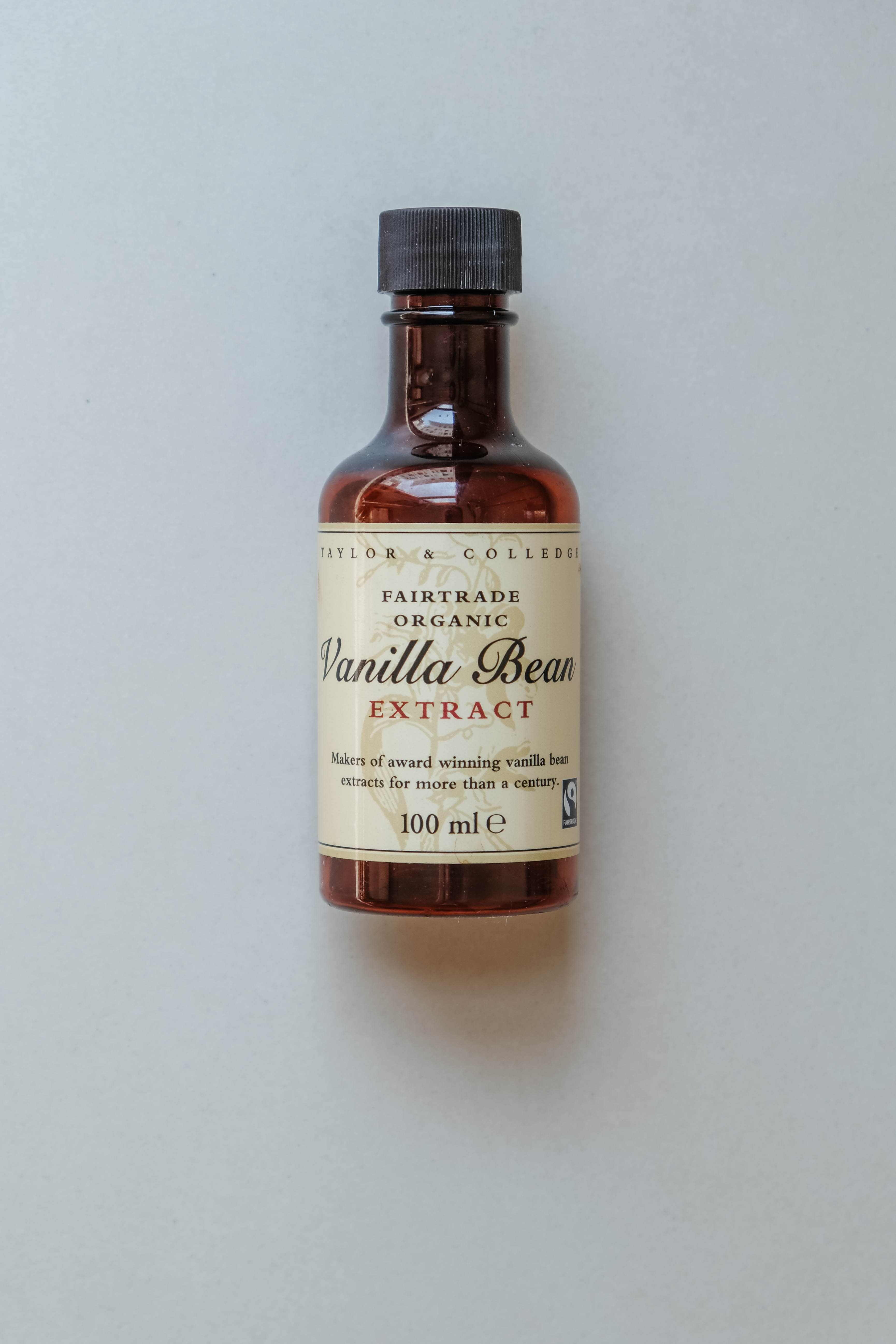

Secondly, butter is included in the book, which I find odd – no recipe I’ve ever used or read includes butter, so I decided to omit this.


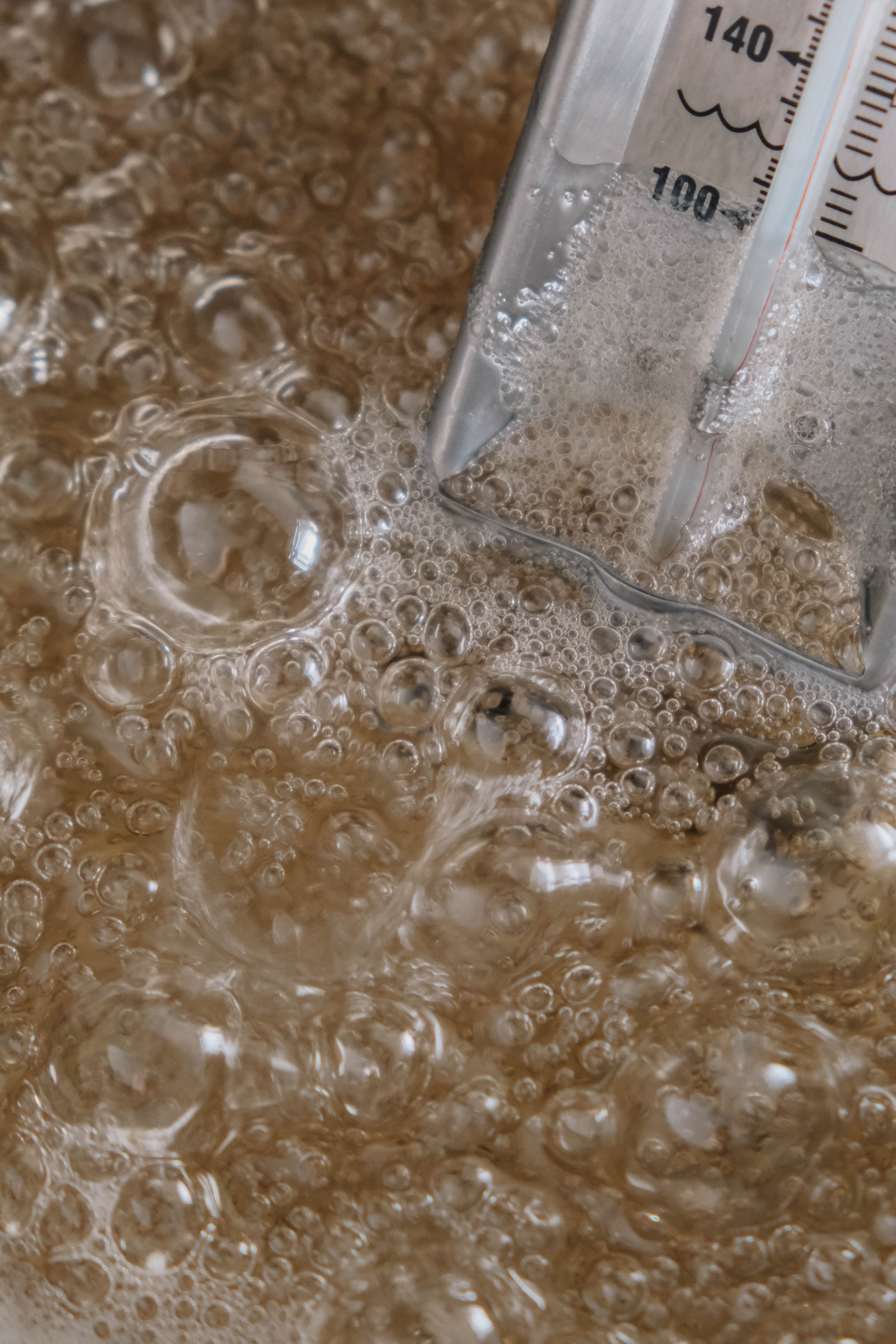
Lastly, the book doesn’t emphasise the importance of keeping a close eye on the temperature of the sugar mixture, beating the egg whites to optimum peaks, and achieving impeccable timing when adding it all together – it’s enough to put off even the most experienced bakers.





So, because of a lack of detail and the return of some questionable ingredients, I have to give the book’s recipe a final rating of:
6/10
I’d really recommend trialling torrone at least once before gifting it to friends and family, unless you master it first time – in that case, I commend you.

After reading all this, I won’t be offended if you’re left thinking: is this complete faff really worth it?

And, of course, my answer to this is a resounding YES.

I know it’s so much easier to just grab a slab off the shelves when torrone is as widespread as panettone during the festive season, but trust me when I tell you that the homemade version is ten times better. And your friends and family are bound to be impressed by this thoughtful gift:
Almond and Pistachio Torrone
Equipment
- Sugar thermometer see notes
- 30x 23cm baking tin
- Large roasting tray
- Standard mixer see notes
Ingredients
- 4 sheets rice paper see notes
- 300 g almonds
- 100 g pistachios shelled
- 500 g caster sugar
- 375 g corn syrup see notes
- 190 g honey
- Pinch of salt
- 60 ml water
- 2 medium egg whites
- 1 teaspoon vanilla extract
Instructions
- Line a 30 x 23cm baking tin with greaseproof paper. Place a sheet or two of rice paper on top, cutting with scissors to fit snugly in the tin [see photos]. Preheat the oven to 170c gas/150c fan.
- In a separate roasting tray, add the almonds and pistachios and bake in the oven for 5-10 minutes, or until golden brown. Reduce the oven to 100c gas/80c fan and leave the nuts in the oven [see notes].
- Place the egg whites in the bowl of a stand mixer and set aside.
- Add the sugar, corn syrup, honey, salt, and water to a medium saucepan and place over a medium heat. Whisk the mixture until the sugar has completely dissolved [see notes].
- Once the sugar has dissolved, stop stirring and increase the heat to medium-high, bringing the mixture to a boil. Once it reaches a boil, reduce the temperature to a simmer and cook until it reaches 120c on a sugar themometor [see notes].
- At this stage, you should begin whipping the egg whites into soft peaks while keeping an eye on the syrup. Once it reaches 126c (the hard ball stage), gradually pour one quarter of the hot sugar mixture into the whipped egg whites in a thin stream, beating continuously.
- Now for some multi-tasking: return the sugar mixture back to the heat and cook further while you continue to beat the egg whites for about five minutes on a medium speed. By this point, the sugar syrup should be approaching 154c (the hard crack stage) [see notes].
- Once the mixture has reached 154c, pour the remaining sugar syrup into the egg mixture in a thin stream, still beating constantly for a further 5-10 minutes, or until the mixture is incredibly thick. Add in the vanilla extract and beat for another minute until combined.
- Working very quickly, remove the warm almonds from the oven and add to the torrone mixture, folding until completely combined. Spoon into the tin and spread quickly and evenly before covering the top with a sheet or two of rice paper [see photos]. Leave to set for at least three hours or overnight at room temperature.
- Once set, release the torrone carefully from the tin onto a clean chopping board. Lightly and carefully oil a sharp knife and cut the torrone into small squares.
- Wrap the squares individually in greaseproof paper or small cellophane bags for a lovely festive gift [see notes]
Notes
- You’re unlikely to find rice paper in your local supermarket – it’s quite a specialised product usually sold in kitchen supply shops or online, so you might want to think ahead when trying to source it. These sheets are also not to be mistaken for the rice sheets used in some Asian cuisines which have a very different texture!
- Liquid glucose and corn syrup both work excellently, although I always use corn syrup since it’s considerably cheaper and comes in a much bigger container.
- Keeping the nuts warm in the oven is essential – if they are added to the mixture at room temperature, it will set too quickly and be harder to spoon into the tin.
- Dissolving the sugar can take a little while, so be patient when whisking and don’t be tempted to increase the heat. You’ll know it’s dissolved when it’s still cloudy but clear of grains.
- If in doubt about the hard crack stage, you can test a drop of the sugar syrup in cold water – it should form brittle threads when added.
The sugar syrup needs to reach the hard crack stage, which is possible to judge by eye, but some might find this quite intimidating. For peace of mind, I would recommend investing in a sugar thermometer as they can easily be found online and are very easy to use – make sure to buy one which clips to the pan so your hand isn’t stuck holding it up, at risk of being splattered with boiling hot sugar syrup! Stand mixer:
Without one, it will be very difficult to beat the mixture and cook the sugar syrup simultaneously. If you don’t have a stand mixer, you can always get a friend or relative involved to lend an extra hand! Extra tips:
- Preparation is really key here. Clear away all worktop clutter [it might get a bit messy] and make sure you have all ingredients measured out and to hand – you don’t want to be hunting for vanilla extract in your cupboards while your sugar syrup overcooks!
- There’s some controversy online about how to store torrone – the book suggests storing in the fridge while other recipes online condemn this practice for fear of the texture being ruined. If you do live in a particularly hot or humid area, don’t feel ashamed if you have to resort to using your fridge. Just make sure to wrap the torrone squares individually since they stick together easily.
I always love hearing from readers, so if you have any questions or would simply like to connect, fill out the form on my contact page or message me through my social media accounts:


